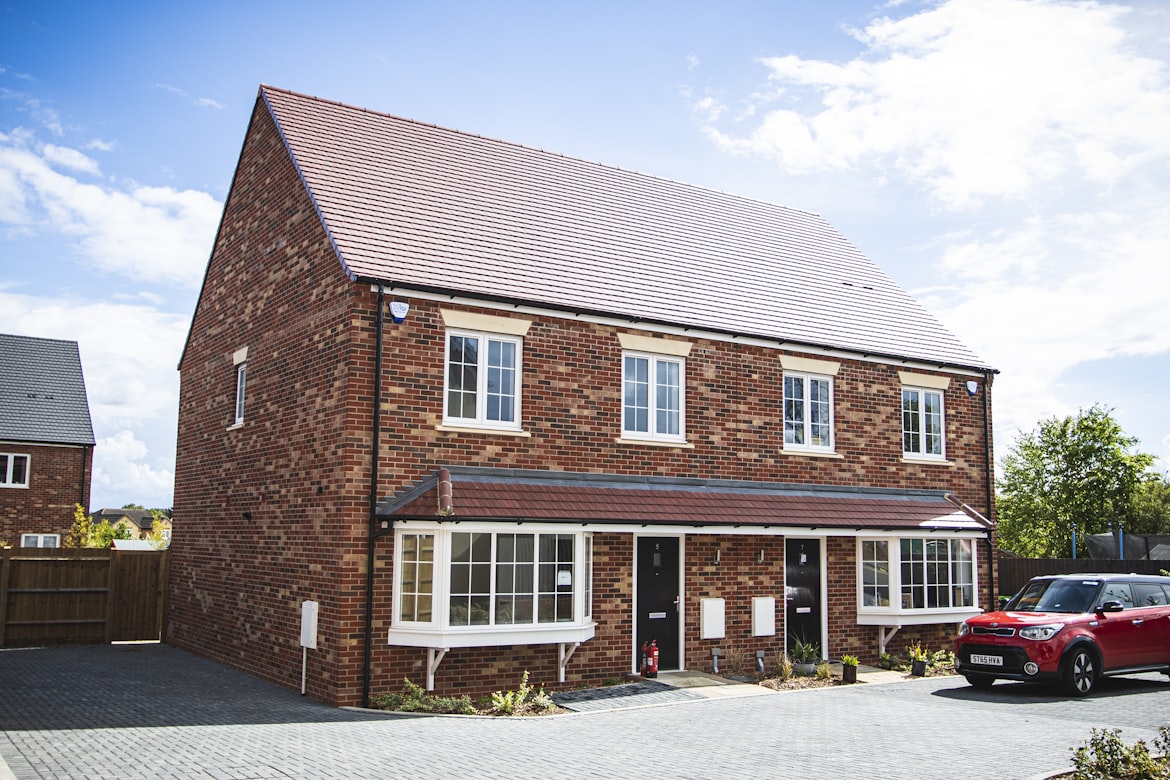Old vs new build investment Property: Which is better?
Whether you’re an experienced buy-to-let investor or looking to develop a property portfolio for the first time, it’s likely that you’ll be thinking about which type of property to consider purchasing. It can be tricky working out which is best between old vs new: each has its pros and cons, so there’s no strict ‘right or wrong’ answer.
However, depending on the sort of investor you want to be, you may find that buying new homes might work better for you. In other instances, old property might be the more sensible option. To help you make a more informed decision, we’ve put together this detailed overview of old vs new investment property.
Are new builds a good investment?

New builds are often favoured among buy-to-let investors as they are likely to require less maintenance and should be instantly ready for tenants to move in. For many landlords, buying new homes makes perfect sense, as new properties often come with a 10-year warranty that will cover any structural defects. Investors who want to be a little less ‘hands on’ will find great appeal in new property, because everything has already been done.
All fixtures and fittings are brand new, there are no pesky repairs to see to, and all the landlord really needs to do is find tenants to move into the property. And because the brand new appliances and the modern technology in a new-build are usually attractive to tenants, finding tenants is usually easier.
The housing market is incredibly competitive at the moment, and developers generally take into account the proximity to local amenities when planning new projects. This means that most new builds will have good transport links and plenty of facilities like shops and schools nearby.
Of course all these benefits often comes at a price premium, and you'll often pay more £/sqft for a new-build than an older property.
What are the pros and cons of buying an old house?

Pros of buying an old house
Many people - both investors and tenants alike - feel that new homes lack character. On the contrary, old properties - with their period features like sash windows, open fires, wooden beams and high ceilings - tend to have a bit more individuality and spirit.
One of the main advantages of buying an old property is that you can add value to it by renovating. In addition to this, you’ll also be able to access historical data which should give you an indication as to whether the value of the property is likely to rise in the future.
By making an intelligent purchase of an established property, you can expect your investment to outperform national averages over the long term, as well as experiencing high capital appreciation which should benefit your cash flow.
Cons of buying an old house
As a general rule: the older the property, the more likely you are to discover internal issues with things like wiring, and external issues with pointing, brickwork and roofing.
You should also be prepared to inspect fixtures and fittings like the boiler. If a boiler appears to be nearing the end of its life-cycle or hasn’t been replaced in a long time, upgrading the central heating system could prove costly. Wear-and-tear over time means that older properties may require some general TLC. However, renovations can be costly, and you could eat into your potential profits if any major work needs undertaking.
The worst-case scenario with an old property is that you discover a major issue while it is occupied by tenants. This can mean having to lose rental income while your tenants are temporarily relocated, and you may also be liable to contribute costs towards their rehousing.
It’s also worth considering that older properties tend to be much less energy-efficient than new builds. This has a tendency to put tenants off, as it means they will be expected to pay more to heat or power their rented home. If you purchase an old property that doesn’t meet current energy efficiency standards, you can expect to pay a significant sum to upgrade it.
What’s the difference between old houses and new houses?
Modern houses are built with function, practicality and energy efficiency in mind. While floor plans in modern properties are generally smaller than their traditional counterparts, space-saving measures and clever design means that new builds can still appear spacious.
Older properties tend to have a focus on symmetry and tradition and are considered more desirable by some tenants. However, old homes will more often than not require maintenance to ensure they are safe and habitable for tenants to move in. Despite the potential cost of renovating an old home, there is still scope for profit to be made. You can expect to pay significantly less for an old home, as new builds in desirable areas tend to cost around 20% more than older properties within the same location.
Ultimately, there’s no hard and fast rule when it comes to choosing between old vs new build investment property. If you’re happy being hands-on and taking on a ‘fixer-upper’, there is plenty of scope to enjoy a better return on investment in comparison to a brand new property. However, if you simply want to generate rental income without having to go through the rigmarole of renovation, a new build might be the more appropriate choice, and will certainly make for a good first-time buy-to-let purchase.
Over time, there’s no reason why you can’t diversify your property portfolio between old and new build investment property. Regardless of which property type you opt for, it’s important to check whether you’re likely to enjoy a good rental yield to help maximise your returns.
Why not sign up to PropertyData today – our tools can help you make informed decisions on when and where to expand your buy-to-let portfolio.



